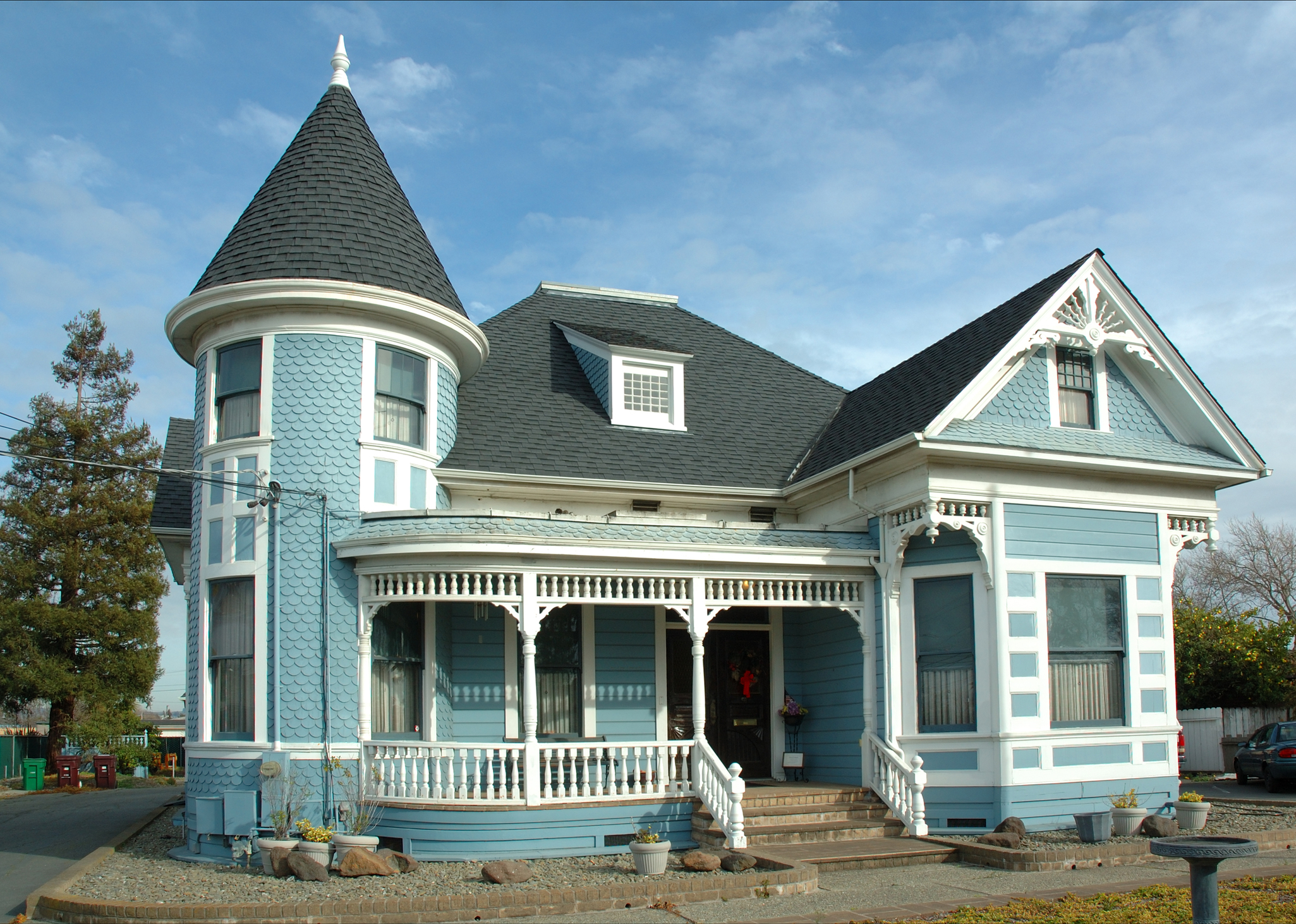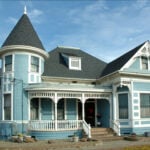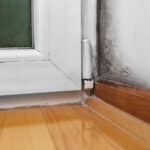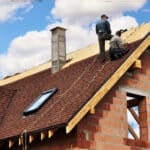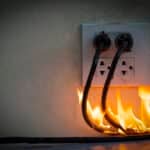Older homes possess a unique charm, often boasting architectural features and character that can be hard to find in modern houses. When it comes to the electrical systems in these older properties, there are several common issues that home inspectors frequently encounter.
Obsolete Electrical Panels
Inspectors often come across obsolete electrical panels in older homes. These panels, also known as fuse boxes, are outdated and can present various safety concerns. Unlike modern circuit breaker panels, fuse boxes use fuses to protect circuits from overloading. When a circuit overloads, the fuse will blow, cutting off the electrical supply. While this is a safety feature, it can be inconvenient and may lead to electrical issues. In many cases, older homes have electrical panels that are no longer manufactured or supported, making it challenging to find replacement parts or qualified electricians to service them. This can lead to increased maintenance costs and a higher risk of electrical problems. Upgrading to a modern circuit breaker panel is recommended, as it offers better safety, convenience, and reliability.
Aluminum Wiring
Another common electrical issue found in older homes is aluminum wiring. Aluminum was a cheap option for electrical wiring during the 60s and 70s. Aluminum wiring is known to have certain disadvantages. Over time, aluminum wiring can become loose at connections, leading to overheating and posing a fire hazard. These issues are exacerbated when aluminum wiring is connected to devices designed for copper wiring. To address this problem, homeowners may need to consider rewiring their homes with copper or using specialized connectors and devices designed for aluminum wiring. An inspection can identify the presence of aluminum wiring in an older home and help determine the appropriate course of action to mitigate safety risks. It is also important to note that while aluminum wiring is not as commonly used in modern homes, it is still allowed by most building codes. Proper installation techniques must be followed to ensure safety and prevent future issues.
Lack of Safety Features
Older homes often lack important electrical safety features that have become standard in modern construction. One such feature is the Ground Fault Circuit Interrupter (GFCI) outlet, which is designed to protect against electrical shock and fire hazards. GFCIs are typically required in areas where water and electricity may come into contact, such as kitchens, bathrooms, and outdoor spaces. In older homes, GFCI outlets may be absent, or they may not be installed in all the necessary locations. This can leave homeowners vulnerable to electrical accidents and create a safety hazard. Home inspectors pay close attention to the presence and proper functioning of GFCI outlets in older homes and recommend their installation in areas where they are missing. Other safety features that may be lacking in older homes include smoke detectors and carbon monoxide detectors. These devices are essential for detecting potential fire and gas hazards, but they were not always required in older construction. Home inspectors will check to see if these devices are present and functioning properly, and recommend their installation if necessary.
While older homes have their unique appeal, they often come with electrical challenges that need to be addressed for safety and peace of mind. Addressing these issues promptly can help homeowners enjoy the character and charm of their older homes without compromising on safety.
Did You Enjoy Reading This Article? Here’s More to Read: Why Homeowners Often Avoid Inspections

